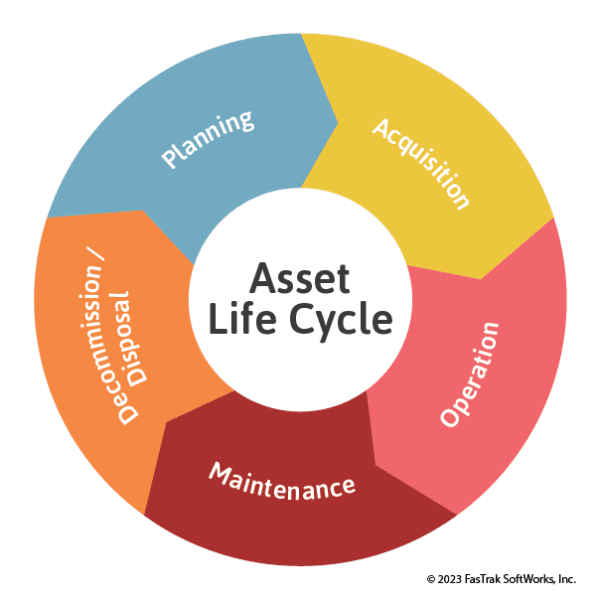Introduction:
As a business decision maker, understanding the lifecycle of your commercial refrigeration equipment is crucial to ensure optimal performance, energy efficiency, and cost-effectiveness. In this blog post, we will discuss the considerations involved in the end-of-life cycle and upgrading of commercial refrigeration equipment. By taking these factors into account, you can make informed decisions that align with your business goals and sustainability initiatives.
1. Equipment Lifespan:
Commercial refrigeration equipment typically has a finite lifespan, influenced by factors such as usage, maintenance, and technological advancements. It’s important to be aware of the expected lifespan of your equipment, as it impacts its efficiency, reliability, and repair costs. Regular maintenance and proper care can extend the lifespan, but eventually, upgrading becomes necessary for optimal performance.
2. Energy Efficiency:
Advancements in refrigeration technology have led to significant improvements in energy efficiency. Older models may consume more energy, resulting in higher utility costs. Upgrading to newer, energy-efficient equipment can help you save on operational expenses in the long run while reducing your carbon footprint. Consider the energy efficiency ratings and certifications when selecting new equipment.
3. Environmental Impact:
In today’s eco-conscious landscape, considering the environmental impact of your refrigeration equipment is crucial. Older models may use synthetic refrigerants with higher global warming potential (GWP). Upgrading to equipment that utilises eco-friendly refrigerants, such as Hydrocarbon Refrigeration, can minimise your carbon footprint and align with sustainability goals. Additionally, responsibly disposing of old equipment is essential to avoid environmental harm.
4. Regulatory Compliance:
Regulations and standards related to refrigeration equipment are constantly evolving to address environmental concerns and energy efficiency. As equipment ages, it may no longer meet the latest regulatory requirements. Upgrading to compliant equipment ensures that you remain in adherence with relevant codes, avoiding potential penalties and ensuring a safe working environment for your staff and customers.
5. Technological Advancements:
Technology advances at a rapid pace, and refrigeration equipment is no exception. Upgrading presents an opportunity to leverage the latest features and innovations. Newer models often offer enhanced temperature control, remote monitoring capabilities, smart energy management systems, and improved user interfaces. These advancements can optimise your operations, increase efficiency, and provide better control over your refrigeration systems.
6. Total Cost of Ownership:
When evaluating the end-of-life cycle and upgrading decisions, it’s essential to consider the total cost of ownership. This includes the upfront costs of new equipment, installation expenses, ongoing maintenance, energy savings, and potential rebates or incentives. A comprehensive analysis will help you determine the long-term financial benefits and return on investment associated with upgrading.
Conclusion:
The end-of-life cycle and upgrading decisions for commercial refrigeration equipment require careful consideration of factors such as equipment lifespan, energy efficiency, environmental impact, regulatory compliance, technological advancements, and total cost of ownership.
At Nick’s Refrigeration, we understand the importance of these considerations and can assist you in making informed decisions that align with your business objectives. Whether you’re seeking energy-efficient solutions, eco-friendly refrigerants, or advanced features, our team of experts is here to guide you through the upgrading process, ensuring optimal performance and sustainability for your commercial refrigeration needs.

